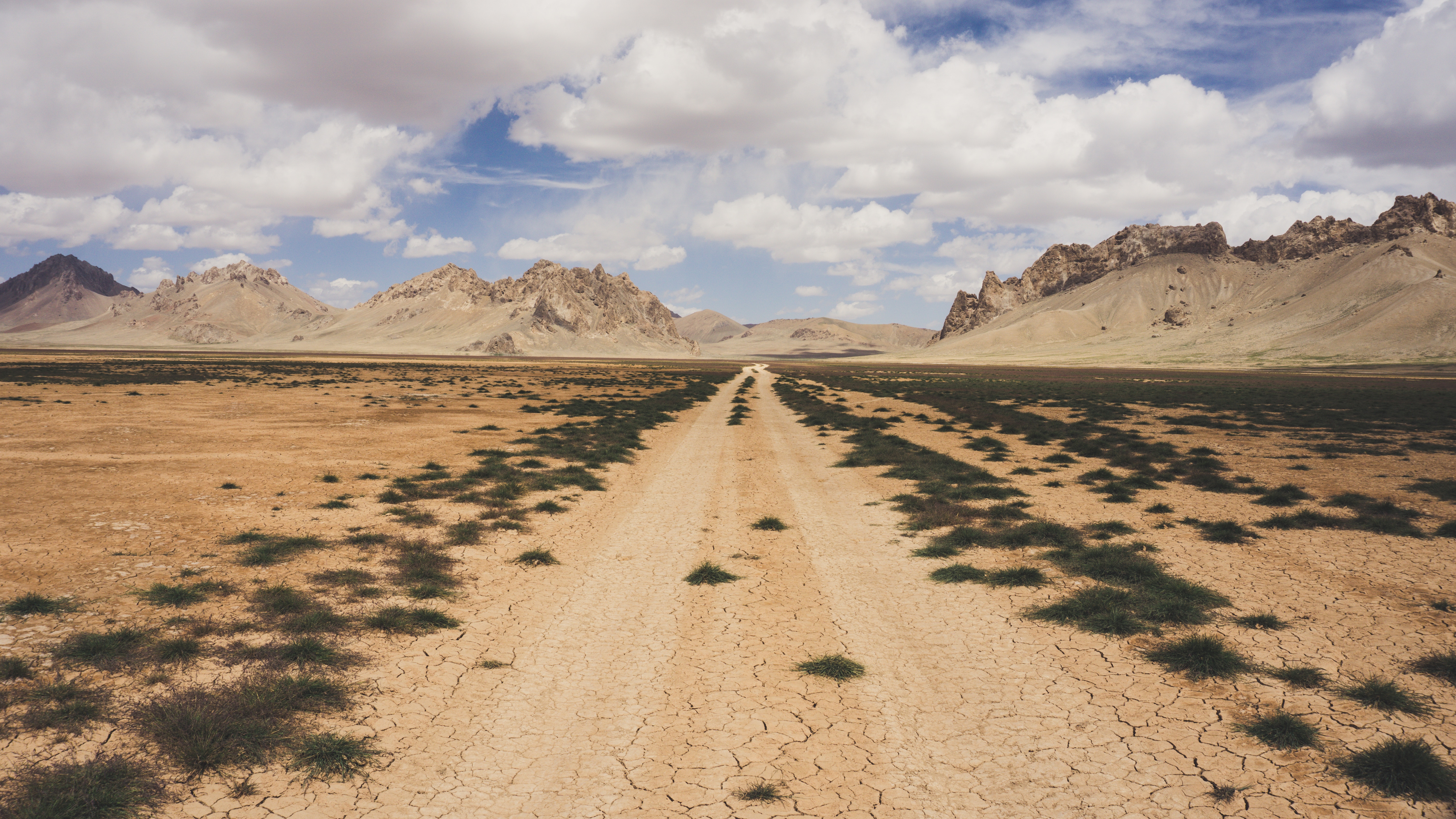At dusk, almost exactly one day after the firefight, the news then began to circulate. The cruel truth began to be spoken.
Adapted from War Story: A Memoir by Steven Elliott, releasing in May, 2019 from Tyndale House Publishers. All proceeds from the writing of this book that would otherwise be payable to the author will be donated to the Elliott Fund, a nonprofit organization dedicated to meeting the mental health needs of the active-duty and veteran community. Visit www.elliottfund.org.
After nearly two miles of driving, we came to an open area that served as a fork in the riverbed. The tension was as thick as the coming darkness, accelerated by the sheer cliffs that now surrounded us in shadow and bathed our world in muddled shades of gray. The wadi narrowed dramatically. I pulled my gun in off the side of our Humvee; the vehicle itself was barely able to fit through this part of the canyon.
“Great place for an ambush,” I said with a laugh.
My pulse quickened. We couldn’t get out of here fast enough. The pace at which we moved was agonizingly slow.
From where I sat, I observed the Humvee immediately behind us as they came around the curve we had just navigated.

An incandescent white flash erupted on the cliff forty feet above that vehicle. A billow of smoke pushed skyward by the explosive force. A boulder as tall as a man was dislodged and descended down the wall of the canyon, rocks crunching to dust under its weight and found its new home between the two Humvees behind us, thankfully harming no one.
Relief quickly dissolved into the reality that we were under attack. When in a kill zone, the goal is to move through it as quickly as possible. The canyon was too narrow to maneuver the vehicle. We were stuck.
“Dismount!” Baker yelled as the men on our vehicle sought to find cover.
I placed the 240 in my shoulder and turned the safety off. I felt as naked as a newborn standing on the back of that Humvee. Staring at the darkening cliff, waiting to fire, a thought washed over me. I’m going to die here.
Suddenly, muzzle flashes blazed from the cliffs above and the sound of gunfire quickly followed. The canyon erupted as the platoon returned fire. I focused down the barrel of the 240, taking aim at the place from which the muzzle flashed. The trigger pull felt heavier than ever. I was viscerally reluctant to fire at what I knew was not simply a target. I just want my friends to be okay, I thought. With that thought and justification, I squeezed the trigger, sending a five-round burst.
I had crossed a barrier. With the firing of those five rounds, the reluctance to kill was gone. Bloodlust grew as I felt the recoil of my weapon echo through my body. Hate burned brightly for the enemy on the cliffs, and that hate reached its apex in the form of searing, cold indifference.
By some standards I had become a man, now able and willing to kill. By others, I was losing my humanity.
More shots rang out and more muzzle flashes sparkled in the cliffs. Ashpole opened up the .50 cal at the flashes and I did likewise, firing short bursts from the 240. We were highly exposed and manning two of the most powerful weapons in the platoon. We wanted to not just kill the enemy but suppress the enemy and keep them from even taking a shot at us if we could.

“Elliott! Move the truck!”
“Roger, Specialist!”
I hopped out and put the Humvee in gear, moving forward as quickly as the terrain would allow. Hot .50-cal brass rained down, burning the back of my neck as I moved out of the driver’s seat and back to my position with the 240. I continued to trade bursts with Ashpole, seeing the muzzle flashes as well.
In another three-quarters of a mile the canyon opened dramatically.
We continued to scan the hillside, darkened and backlit by the setting sun. I saw a human silhouette on the ridgeline and honed my gaze, ready to fire. More muzzle flashes shone out from that position. Baker fired his M4 and the silhouette melted back into the rock.
The ridgeline was the enemy’s. No friendly could possibly be near, especially not on that ridgeline.
I fired a short burst. Then another and another. As I fired a final burst to our vehicle’s five o’clock we lurched to a sudden stop as an AMF soldier frantically waved his hands in my face,.
“Cease fire! Cease fire!” he yelled.
My eyes and mind zoomed out, no longer focusing narrowly on my field of fire searching for targets. Gears ground as I sought to orient myself. It’s over? We’re okay?
Sergeant Owens appeared. “You guys all right?” he hollered. “Elliott, you okay?”
Am I okay? I wondered. My emotions were all over the place as I tried desperately to absorb and process the last fifteen minutes.
“Roger, Sarn’t,” I said. “I’m good.”

I broke off the belt of rounds dangling from the 240, leaving a smaller belt of about twenty or so still inside the weapon. I had fired all the 240 rounds in my kit.
I sat the gun on the floor of the rocky wadi, took my helmet off and briefly scratched my sweaty head. While lying prone, I settled the gun into the most comfortable firing position I could find. I lay there for a moment, feeling the empty safety of darkness.
After twenty minutes or so, Owens was back. I pushed myself up from the cold rocks.
“We got four casualties,” he muttered.
I had no emotional response to that statement. I mentally registered concern and perversely felt more grown up in the way only a boy approaching death for the first time can feel.
“Who are they, Sarn’t?”
The delivery was matter of fact, but even though we were standing alone, Owens lowered his voice: “The PL and Lane got hit, but I think they’re going to be okay. Looks like one Afghan is KIA. And we had one KIA.”
“Who is that, Sarn’t?”
“It was Pat.”
I understood the words but they didn’t compute.

Pat is dead. Oh, God.
We were quickly put to work cleaning the Humvee, limbs and hearts heavy. I wondered how Lane and the PL were doing and how they were hit. I wrestled with the truth of Pat’s death. He was gone. Just gone. How could that be?
At dusk, almost exactly one day after the firefight, the news then began to circulate. The cruel truth began to be spoken. Pat wasn’t killed by the enemy. He was killed by friendly fire. By one of us.
Because .50-cal rounds were found lodged in the rock behind where he died, it was initially believed that Ashpole probably fired the rounds that caused his death. But several Rangers fired on that hillside. It could have been any one of us.
Including me.
 War Story: A Memoir by Steven Elliott
War Story: A Memoir by Steven Elliott
Steven Elliott’s opens with the death of American hero Pat Tillman by “friendly fire” in Afghanistan—when Army Ranger Elliott pulled the trigger, believing he and his fellow soldiers were firing on the enemy.
Tormented by remorse and PTSD in the aftermath of Tillman’s death, Elliott descended into the depths of guilt, alcoholism, and depression; lost his marriage and his faith; and struggled to stay alive. The war that began on foreign soil had followed him home.
A must-read for veterans and their loved ones, War Story is an explosive look at into the chaos of war—and the battle for life in its aftermath. It confronts some of life’s biggest questions: Why do we choose to fight for a country or a cause? What happens when the cost of that fight overwhelms and destroys? Can we forgive and be forgiven? How do we find hope? At its core, War Story is a dramatic personal encounter with war and faith, love and tragedy, and ultimate renewal.




